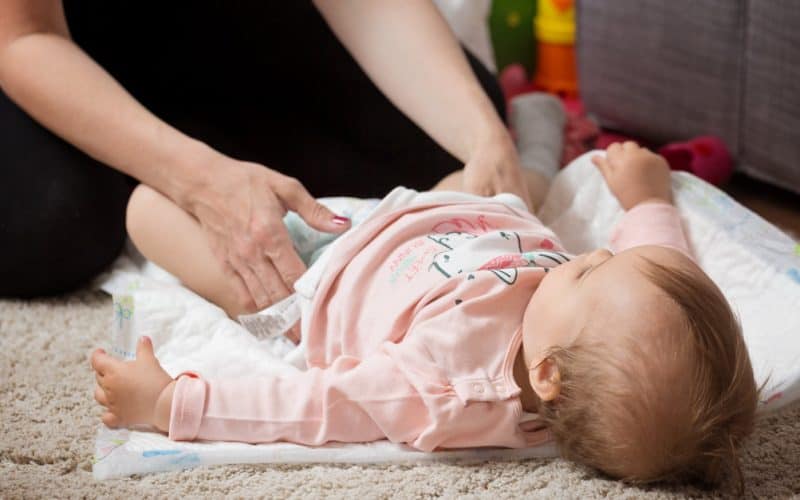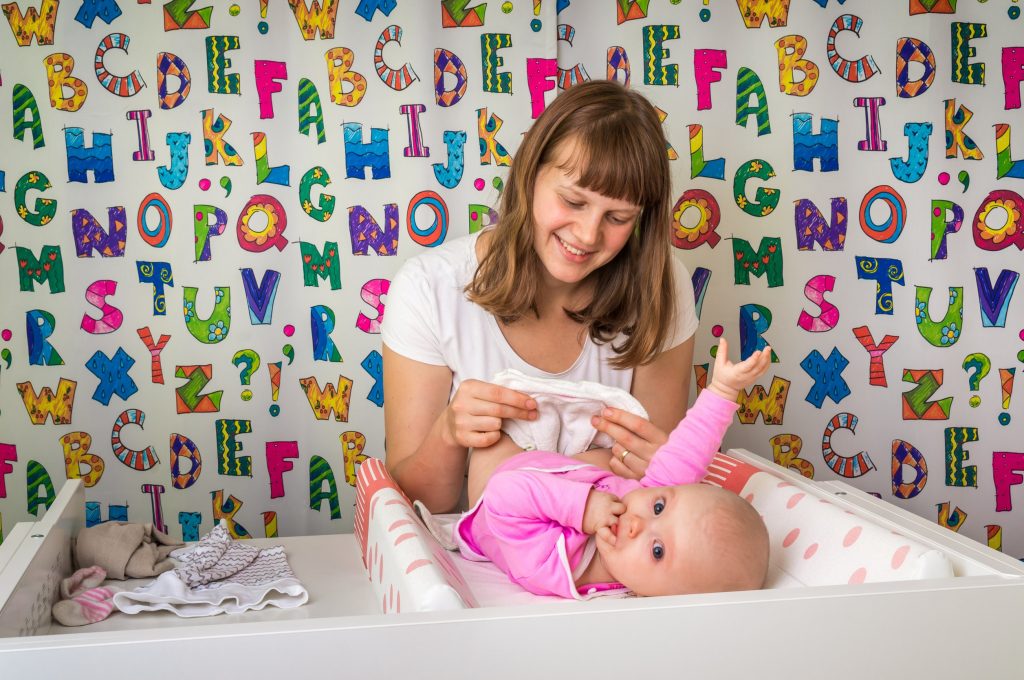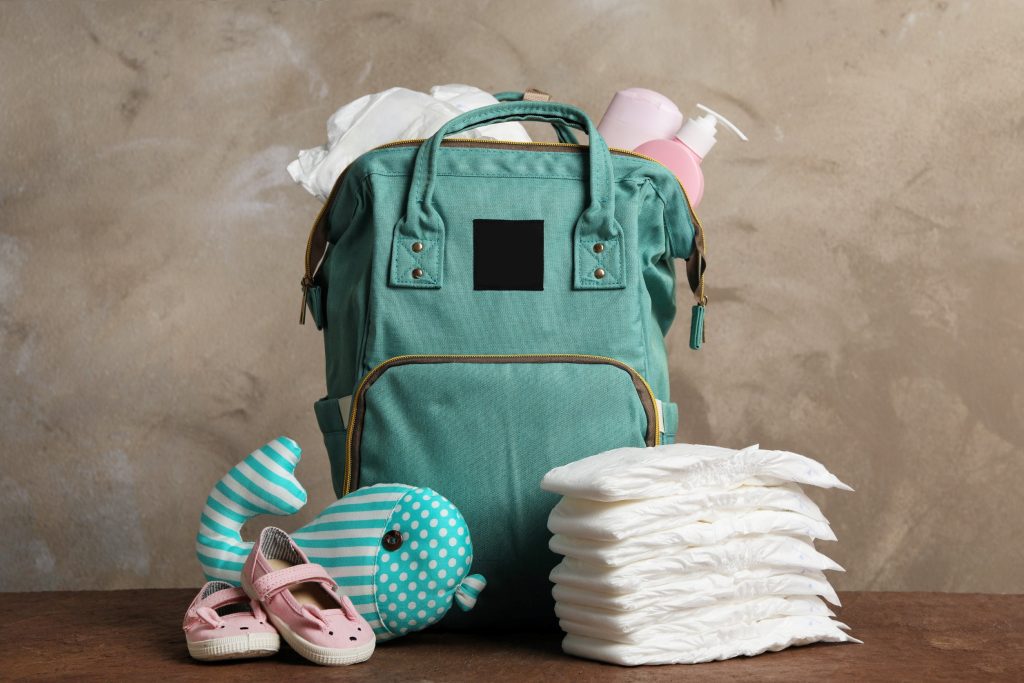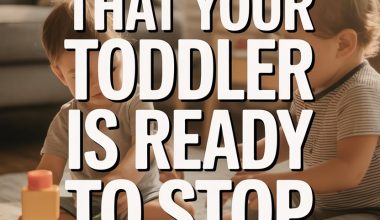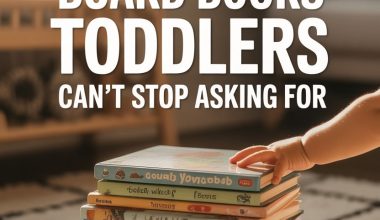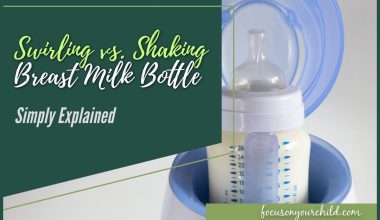Diaper blowouts refer to unfortunate situations where your child’s diaper has failed its purpose, leaving poop and pee leaking everywhere. Even at the best of times, blowouts are a huge mess to handle, leaving most parents desperately scrambling for a fix.
While diaper blowouts tend to come out at the most inopportune times, you aren’t helpless here – you can take a few steps to ensure you’re stocked to handle the mess, minimize the damage dealt with, and lower the likelihood of these unfortunate incidents from happening entirely!
The most common cause of diaper blowouts is poor fits, so address that promptly by making sure you buy the right-sized diapers for them AND fit them snugly.
It might also be worth investing in a reusable blowout blocker, as these products are tailored specifically to stop blowouts clean in their tracks. Diaper blowouts can happen in a few different ways – remember that each needs its own specific fix.
Lastly, be sure to stock up properly: no matter how much preparation is taken, blowouts are an inevitable part of parenthood. Always be well-equipped to handle them, whether you’re at home or out in public.
Babies all have different measurements, so it’s worth trying out a few brands to see what works best for your infant’s body proportions. We’ll go in a little more depth on that below.
Tips on How to Prevent Diaper Blowouts
Make Sure the Diaper Fit Is Snug (But Comfortable!)
Ill-fitting diapers are one of the biggest causes of nappy blowouts, and often come either from improper diaper fitting or using the wrong-sized diapers. Dealing with this first will prevent most diaper blowouts from happening, so prioritize settling this issue soon.
Fasten The Diaper Properly
If the diaper is too loose, your baby’s mess will leak out. If it’s too tight, it could very well burst! Don’t settle for anything less than a perfect fit for your little one.
A good way to test this is by following the one-finger rule: you should be able to fit a finger under both the waist elastic and the leg cuff of the diaper. If you can barely fit one finger there, the nappy should be capable of containing all but the most ridiculous diaper blowouts.
Loose diapers are obvious to spot, but tighter ones can be hard to notice. Look for signs of discomfort, such as them tugging on the diaper constantly. Other giveaways include reddish skin around their stomach, stretch marks around the diaper’s leg cuffs, or even diaper rashes. Be sure to figure out the right fit for the sake of your baby’s cleanliness and comfort!
Find The Right Size
To prevent diaper blowouts it’s important that you pick out the right-sized diaper for their needs. Smaller diapers have much less absorptive capacity, but getting them a diaper too large might lead to a loose fit, practically guaranteeing leaks. On top of that, babies grow very quickly – you’ll need to be aware of when they need to go up a size.
Here are a few common indicators of when you should do just that:
- Red marks or other signs of irritation on the skin near diaper elastic and cuff
- Diaper rashes (urgent need to upsize)
- Difficulty securing fastening tapes
- Diaper tapes unfastening by itself
- Diaper no longer fully covers baby’s top or bottom
Figure Out How the Blowout Is Happening
Diaper Blowouts can crop up in a few different ways, and each warrants a specific response to deal with them effectively. The blowout could be leaking…
- Up to their back
- Past their leg cuffs
- Through the diaper
Up To Their Back
These types of diaper blowouts usually happen when the baby’s diaper is hanging low. Alternatively, this also happens if the diaper isn’t tall enough to fully accommodate your baby’s mess.
You can deal with this by ensuring your baby’s waistband elastic is properly secured, fully covering your little one’s behind. We’d also suggest seeking out taller diapers – preferably with pocketed waistbands. Pocketed waistbands allow the insertion of additional pads, which help keep your baby’s little diaper accidents contained.
If you have to choose between a tall diaper or a shorter one, always go with the taller choice. Taller diapers can be folded inward at the elastic with minimal issue, but a short diaper can’t be stretched. It makes for a nice patchwork solution in tough times, but we’d still recommend you keep looking for the perfect-fitting diaper for your baby – it’ll be way more convenient in the long run.
Past Their Leg Cuffs
These diaper blowouts tend to come up when your baby’s diaper cuffs aren’t fitted properly. We’d recommend having the diaper ride a little higher up their legs to compensate.
If their diapers are a little too long for that to be done, a neat trick you could do is fold the diaper inwards from the top. From then, simply raise the diaper to accommodate the waistband’s new height, ensuring your baby’s leg cuffs are fitted a bit more snuggly.
The issue, like the one above, could also be a matter of size disparities. Any chaffing, swelling, or redness by either thigh means that the diaper in use is too small for your baby. Messes will easily go through the undersized diaper – even ones with pocketed waistbands. For looser diapers the mess would end up leaking through the gaps, making them useless.
Be sure to get diapers that match your baby’s measurements as closely as possible to minimize having to deal with these problems!
Through the Diaper
This type of blowout is a bigger concern for pee, but might also happen with diarrhea in some unfortunate cases. It occurs when the volume of waste material is more than the quantity of absorbent material can handle, with the excess waste going through the nappy itself.
It’s one of the lesser-encountered blowout issues, and is, fortunately, one of the easiest to resolve: get thicker diapers. It’s really that simple. Raising them up a size could accomplish this, but be sure not to go overboard and get something poorly-fitting.
You could also skim through the market for diapers with a little more absorbent bulk to them. While different baby diaper producers do tend to share size labels, they aren’t uniform by any means: each brand will conform best to different body proportions. Be sure to test how they fit your infant before buying any specific diaper brand in bulk.
It might also be worth checking out diaper extensions to provide their nappies with more absorptive capability. These bits of fabric can be tucked into most diapers without making your baby uncomfortable and are very effective at handling this type of blowout.
We’d advise against depending on this method for general diaper blowout troubles, though, as this solution is tailored more to handle liquid messes.
Consider Purchasing a Reusable Blowout Blocker
Blowout blockers are products specifically designed to prevent diaper blowouts from spilling over. They do their jobs excellently, serving as simple, comfortable, and most importantly reusable barriers designed to keep your baby’s potty accidents contained, no matter how explosive they might be!
These are placed on your baby’s back, with the waistband of the blocker tied onto the diaper at strategic spots to ensure any blowout leakage is caught quickly, effectively, and cleanly. These products are also waterproof and machine-washable.
They’re also pretty affordable, with the price range lingering at twenty dollars or less. Blowout blockers are great choices for saving yourself from the headache of cleaning up a poopy, explosive mess, and can do so successfully for years!
Stock Up Properly for Blowouts
While you can’t prevent every diaper blowout, you can always take steps to minimize the damage. The options at your disposal will depend on where you and your baby are, so be sure to thoroughly plan out how you’d handle those eventualities.
At Home
If you’re at home when the blowout happens, you’re in luck. You have the luxury of readily-available cleaning products and clothing to change into.
Be sure to prepare their changing station. Waterproof changing pads are an essential addition here, helping divert their blowouts to a more manageable area. What would have been almost an hour of painstaking disinfection will end up reduced to a few minutes of wiping and washing!
These also double as great stroller pads in a pinch, making changing pads an excellent investment to help prevent diaper blowouts – no matter where you might be!
Outside
Stock up thoroughly beforehand, as all of your essentials will be crammed into your diaper bag. Extra wipes, diapers, and even spare clothes are a must to keep yourself ready to deal with even the most ludicrous diaper blowouts.
Be sure to have tissue on hand – especially for situations that have poop going over their clothes. Damp wipes risk rubbing stool and other waste into the fabric, which makes it all the more challenging to clean.
Plastic utensils might also be worth considering, as they’re effective at scrapping messes off clothing. They’re also easy to get ahold of, making them a surprising mainstay tool for diaper blowout damage control. Try to keep a set or two on standby in your diaper bag.
Don’t forget to store a few clean plastic bags to handle any poop-contaminated clothing. Be sure to double wrap the bag to contain the stinky odor as effectively as possible.
In some extreme cases, their blowout might even ruin your own wardrobe! Pack a fresh change of clothes for yourself as well, in case worse comes to worst.
Cleanup
Apply prewash stain removal spray first, as this breaks apart proteins and enzymes responsible for unwanted stains and smells. Give it a few minutes to set, then rinse the blowout-compromised clothing in warm, soapy water for at least ten minutes (preferably twenty).
After that point, you’re clear to toss them in your washing machine with some detergent. If your clothing isn’t machine-friendly, handwashing for at least thirty minutes may be required.
If the stain isn’t gone by that point, DO NOT let it dry. The messy stains will end up setting into the fabric otherwise. While you can use chlorine-based stain cleaner, you run the risk of bleaching any colored fabric used. Instead, we’d recommend utilizing non-chlorine liquid stain cleaner to deal with whatever’s left. Hopefully, the blowout stains will be buffered out in no time flat.
Final Thoughts on Preventing Diaper Blowouts
Diaper blowouts are a pain to handle, but you have a lot of tools to not only deal with the mess but lower the likelihood of these instances happening entirely. Identify what type of blowout you’re usually dealing with, remember to stock up and prepare yourself thoroughly for these unwanted surprises, and most importantly, make sure your child’s diapers fit them perfectly.
